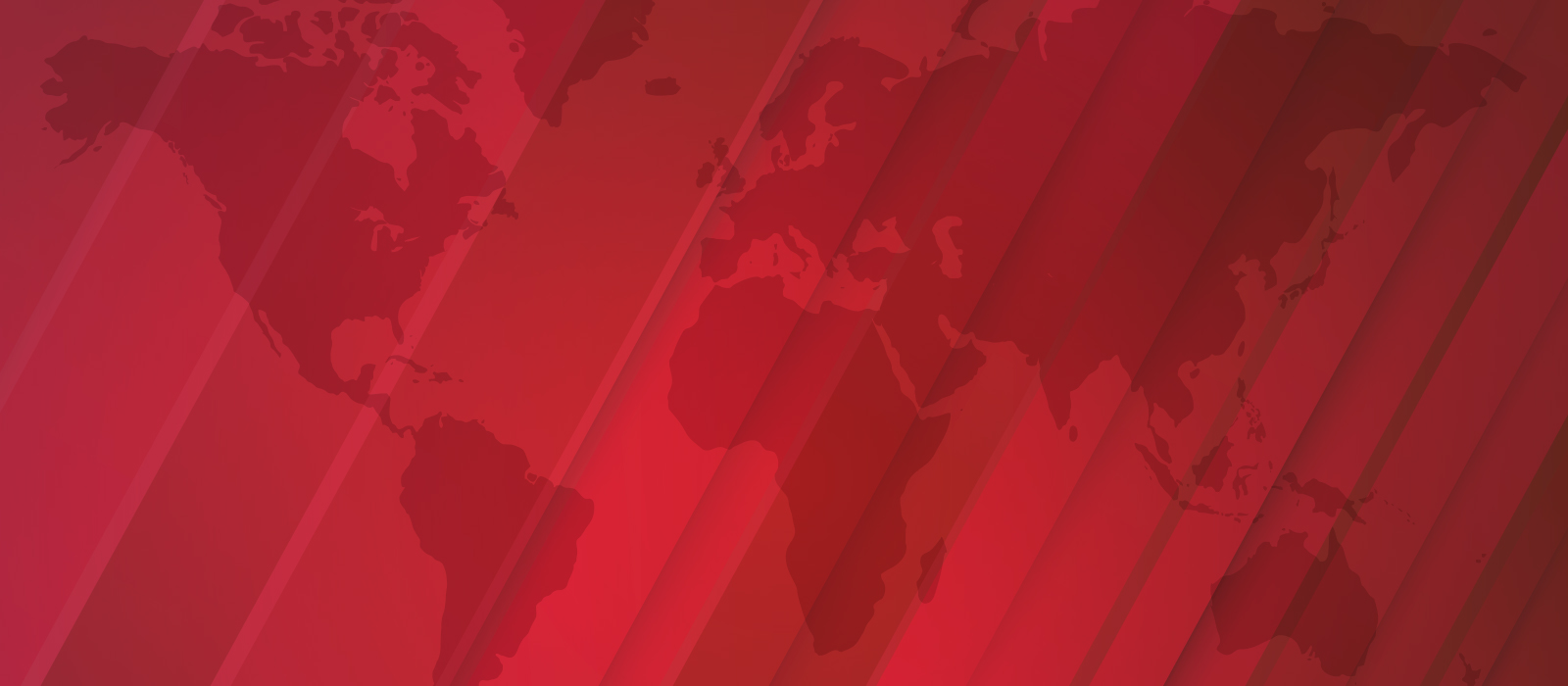Omanyano ovanhu koikundaneki yomalungula kashili paveta, Commisiner Sakaria takunghilile
Veronika Haulenga
Omanyano ovanhu koikundaneki yomalungula kashili paveta, Commisiner Sakaria takunghilile
Veronika Haulenga
Listeners:
Top listeners:
-
play_arrow
Omanyano ovanhu koikundaneki yomalungula kashili paveta, Commisiner Sakaria takunghilile Veronika Haulenga

By Bonface Orucho, bird story agency
Private wind energy projects for commercial and industrial purposes are ramping up the uptake of wind energy in South Africa while complementing clean energy’s solar dominance to provide power for industries.
Construction recently commenced on three wind sites to power Sasol’s Secunda industrial complex in Mpumalanga. The project is led by a consortium that includes Italian renewable energy developer Enel Green Power.
The Secunda complex, which started commercial operations in 1990, is reportedly the biggest single-site carbon emitter globally, according to a 2020 Bloomberg report.
“At 56.5 million tons of greenhouse gases a year, Secunda’s emissions exceed the individual totals of more than 100 countries, including Norway and Portugal, according to the Global Carbon Atlas,” Bloomberg notes in the report.
The combined capacity of the new sites – Impofu East, Impofu West, and Impofu North – is 330 MW. The clean power supply is crucial for replacing coal with renewable energy at the industrial complex where Sasol produces synthetic fuels and chemicals. Air Liquide operates the biggest oxygen production site in the world, in the same complex.
In January last year, Enel Green Power, Sasol, and Air Liquide signed a corporate power purchase agreement as part of the initiative.
After a surge in solar power in South Africa, a recent data analysis shared by Trade & Industrial Policy Strategies senior economist Gaylor Montmasson-Clair on the X platform, wind turbines worth US$200 million were imported to South Africa in 2023, mostly in the fourth quarter.
Turbines worth US$14 million were imported in 2021, while in 2022, a graph shared by Montmasson-Clair showed no wind components imported into South Africa in that year.
Notably, South Africa’s much-vaunted and on-going REIPPP (Renewable Energy Independent Power Producers) Programme has not awarded the wind energy sector any projects since Bid Window 4, whose bidders were unveiled in 2015.
Data from energy utility Eskom shows there are 34 operational wind farms in the Rainbow Nation, feeding 3400 MW to the national grid. Only one of the 34 farms, the Sere Wind Farm in the Western Cape, generating 105 MW, is state-owned. The rest are private.
Private corporations and industries have shown continued interest in leveraging wind resources to reinforce solar in a bid to beat the country’s power outages (known in South Africa as load shedding) and keep industry running.
South African mining company Seriti Resources last month started construction on a 155 MW wind power generation facility in Mpumalanga Province.
The facility is part of a larger 900 MW project, South Africa’s largest wind energy initiative, being developed by the company’s renewables arm, Seriti Green Energy. Power from the wind farm is expected by 2025.
Despite ongoing advancements, grid capacity constraints have hindered South Africa’s wind and solar energy expansion. Last year, Eskom revealed that key provinces like the Eastern, Northern, and Western Cape, boasting the nation’s prime wind resources, could not accommodate new capacity.
However, this is fast changing, with the government implementing initiatives to accommodate more capacity. The curtailment strategy proposed in 2023 is one such initiative.
Curtailment refers to the reduction of the amount of electricity generated so as to maintain a balance between demand and supply, making it possible to avoid blackouts.
In January 2024, Eskom’s Generation Connection Capacity Assessment Addendum revealed that curtailment would free up 3470 MW of extra grid capacity for linking wind generation, with 2680 MW allocated to the Western Cape and 790 MW to the Eastern Cape.
However, according to Nikhil Kaitwade, a researcher at Future Markets Insights, the ultimate solution in the quest to increase the share of renewables is to develop and improve the grids.
“Modernized grids make it easier to include decentralized energy sources like solar and wind, enabling a more egalitarian and inclusive distribution of power,” he explained.
Eskom is also splitting into several different entities to facilitate speedier rollout of grid capacity across South Africa, with public-private partnerships mooted as one way forward for the country.
bird story agency
Useful links:
Wind Power Surge: South Africa leads the continent-wide trend
https://www.bloomberg.com/news/features/2020-03-17/south-africa-living-near-the-world-s-biggest-emitting-plant
Written by: Contributed
air pollution Carbon emissions Enel Green Power greenhouse gases industrialization Renewable Energy sasol Secunda industrial complex Solar power South Africa Wind energy
Similar posts
Windhoek Weather
Most popular

Mbumba signs off new benefits for retired political office bearers

Former FNB employee arrested after defraud pensioner off N$215, 000

Namdia Heist: More questions, lots of confusion

Omuhwahwameki Michael okuunganeka oshikonga shoku patitha oostola dho Rani moshilongo ashihe.

Windhoek woman loses N$60,000 to fraudsters
Copyright 2025 Future Media (Pty) Ltd | Website by Digital Platforms
Tel: +264 83 000 1000 | Email: news@futuremedia.com.na





